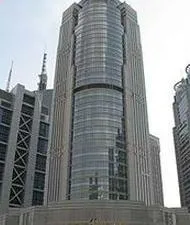
Asset securitization makes a comeback in China
Sales of asset-backed securities in China suspended three years ago have been re-launched to help banks stiffen the country’s sagging banking sector.
China Development Bank late last week sold US$1.6 billion of credit-backed securities, China's first ABS sale since the global financial crisis in 2008 made these products unpopular. The government suspended the program in 2008 in response to concerns about the role derivatives based on U.S. mortgage-backed securities played in the global financial crisis.
An asset-backed security is a security whose value and income payments are derived from and collateralized (or "backed") by a specified pool of underlying assets.
CDB’s ABS is backed by 49 performing corporate loans with a weighted average annual rate of 6.27%. They were sold at yields ranging from 4.1% to 5.68% for five different categories.
One analyst said China re-launched the ABS program primarily to bolster the banking system since banks need cash to raise their capital adequacy ratio while the weak stock market makes it difficult to raise money.
Financial circles worldwide are concerned that China's giant state-controlled banking sector will be under heavy pressure from non-performing loans this year and next as a slowing economy drives more borrowers into default, heavily reducing bank revenues.
The China Banking Regulatory Commission requires major lenders to maintain a minimum capital adequacy ratio of 11.5%. Other banks need a minimum CAR of 10.5%. The weighted average capital adequacy ratio (CAR) of Chinese banks stood at 12.9% at the end of June.
Analysts said Chinese banks will need at least a combined US$32 billion in additional capital to meet regulatory CAR requirements.


















 Advertise
Advertise







